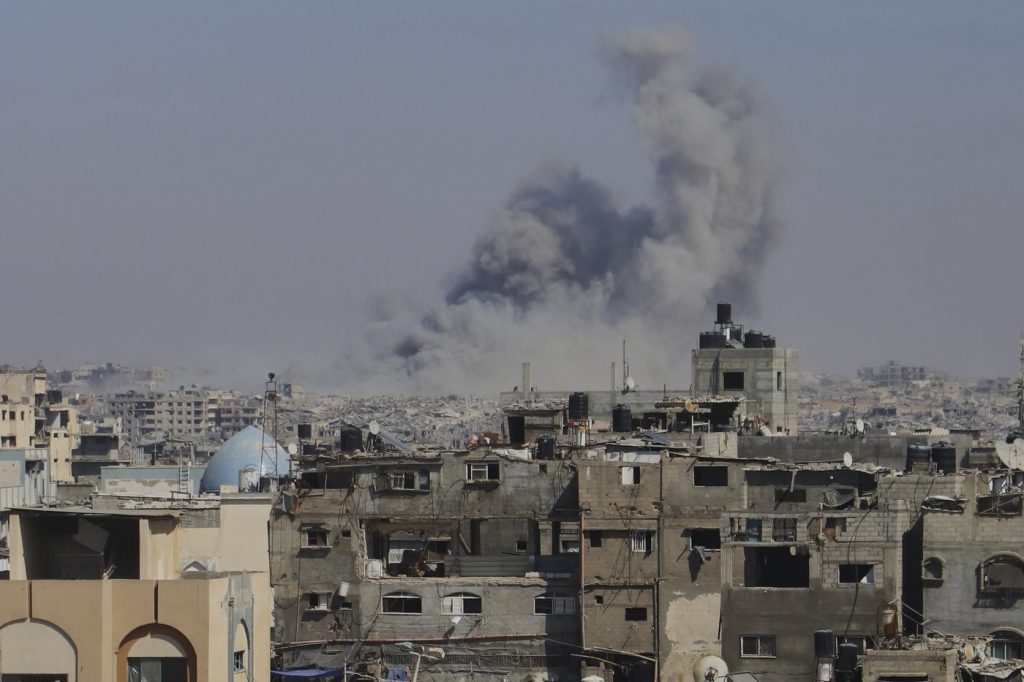The United Nations reported a staggering 383 aid workers were killed in conflict zones worldwide in 2024, marking a significant increase from 293 fatalities in the previous year. Nearly half of these fatalities occurred in Gaza amid the ongoing war between Israel and Hamas, highlighting the perilous conditions faced by those providing humanitarian assistance in crisis areas. This information was released on World Humanitarian Day, a day dedicated to honoring the contributions of individuals who risk their lives to help others in times of need.
U.N. humanitarian chief Tom Fletcher described the record number of killings as a "wake-up call" to protect civilians trapped in conflict and the aid workers supporting them. He emphasized the urgent need for accountability, criticizing international inaction and indifference to the violence against aid personnel. Fletcher’s statement called for action from those in power to safeguard humanitarian efforts and ensure that perpetrators of violence face consequences for their actions.
The Aid Worker Security Database, which has documented incidents since 1997, revealed concerning trends in aid worker safety. The data indicated a rise in major attacks affecting aid workers, from 420 incidents in 2023 to 599 in 2024. Additionally, these attacks resulted in 308 injuries, while 125 aid workers were kidnapped, and 45 were detained this year. So far in 2024, 245 major attacks have been reported, with 265 aid workers killed, indicating no signs of reversing this trend of violence.
One of the most tragic incidents this year occurred on March 23, when Israeli troops opened fire in Rafah, southern Gaza, killing 15 medics and emergency responders who were clearly marked and in designated vehicles. This brutal attack included bulldozing over the deceased and their vehicles, burying them in a mass grave, with U.N. and rescue workers unable to access the site for a week afterwards. Such acts of violence underscore the dangers faced by those providing humanitarian aid in conflict regions.
Fletcher highlighted that every attack on an aid worker represents an attack on all humanitarian efforts and the communities they serve. He reiterated that violence towards aid workers should not be considered inevitable and must come to an end. The data shows a significant rise in violence against aid workers in 21 countries in 2024 compared to the previous year, with government forces and their affiliates being the most frequent violators.
The Palestinian territories recorded the highest number of major attacks on aid workers last year, totaling 194 incidents. This was followed by Sudan with 64 attacks, South Sudan with 47, Nigeria with 31, and Congo with 27. In terms of fatalities, Gaza and the West Bank saw 60 aid workers lose their lives, notably an increase from just 25 deaths in 2023. Other countries, such as Lebanon, which experienced conflict between Israel and Hezbollah, reported 20 aid worker fatalities compared to none the previous year. In 2024, Ethiopia and Syria each reported 14 aid worker deaths, nearly doubling their earlier figures, while Ukraine saw an increase from 6 to 13 fatalities among aid workers.
The dramatic rise in violence against aid workers paints a stark picture of the challenges faced by humanitarian personnel as they confront escalating conflicts worldwide. As the situation deteriorates in many regions, the international community is urged to take immediate action to protect those providing essential services to vulnerable populations.










